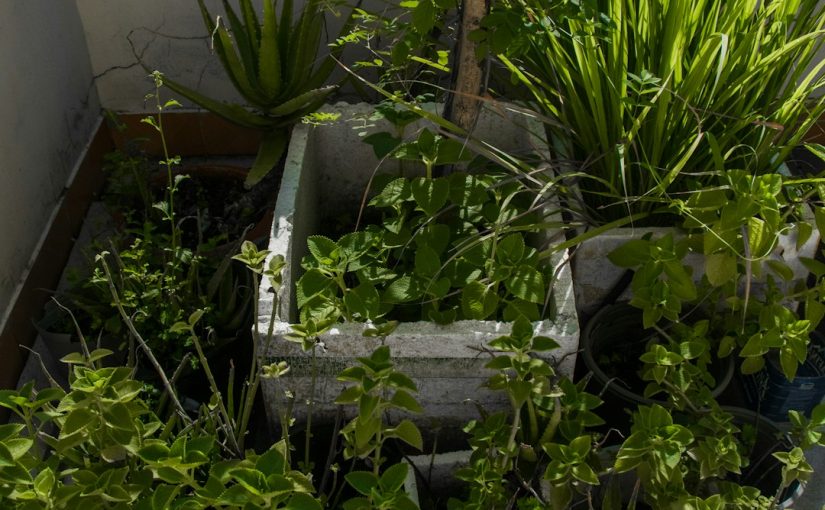Welcome to the ultimate guide to selecting the best closed-bin compost bins for your garden. Composting is an incredibly rewarding practice, transforming kitchen scraps and yard waste into nutrient-rich soil amendment. While various composting methods exist, closed-bin systems offer unique advantages, particularly for urban dwellers or those seeking a tidy, odor-free, and pest-resistant solution. This article will delve into the world of enclosed composters, exploring their benefits, essential features, and different types available. By the end, you will be equipped with the knowledge to choose the perfect closed-bin composter that seamlessly integrates into your garden, making your composting journey efficient and enjoyable.
The undisputed advantages of closed-bin composting
Closed-bin compost bins offer a superior composting experience compared to open piles or unsealed systems, particularly for the home gardener. One of the primary benefits is exceptional pest control. The sealed design prevents rodents, insects, and other unwanted critters from accessing your organic waste, a common concern with open compost heaps. This also significantly reduces potential odors, keeping your garden fresh and pleasant, which is crucial for urban environments or properties with close neighbors. The enclosed structure also maintains a consistent internal temperature and moisture level, crucial for efficient decomposition, often accelerating the composting process by creating an optimal environment for microbial activity. Furthermore, these bins are inherently tidier, containing all the composting material neatly, preventing scattering by wind or animals, and generally presenting a more aesthetically pleasing solution in your garden space.
Key features defining an excellent closed-bin composter
When selecting a closed-bin composter, several features are paramount to ensure efficiency and durability. Capacity is a primary consideration; choose a size that matches your household’s organic waste output and garden needs. Materials typically include high-quality, UV-stabilized plastic or recycled plastics, known for their longevity and resistance to weather elements. A robust aeration system is vital, as oxygen is crucial for aerobic decomposition. Look for designs with ample vents or, in the case of tumblers, a mechanism for easy rotation to mix and aerate the contents. Ease of use encompasses simple loading, effortless turning (for tumblers), and convenient access for harvesting the finished compost. A truly effective closed bin will also boast a secure, pest-proof lid and sturdy construction to withstand varying outdoor conditions without degrading or cracking over time, ensuring your investment lasts for years.
Exploring the main types of closed-bin composters
Closed-bin composters primarily fall into two categories, each offering distinct advantages based on your composting goals and physical capabilities. The first type is the stationary closed bin. These are typically upright, usually made of robust plastic, and sit directly on the ground. They are excellent for continuous composting, where you add scraps over time, and the oldest material at the bottom slowly breaks down. They are often more budget-friendly and require minimal effort beyond adding materials, though manual turning with a compost aerator is sometimes recommended. The second popular type is the tumbler composter. These bins are suspended on a frame and designed to rotate, allowing for easy mixing and aeration of the compost without manual digging. Tumblers often accelerate decomposition due to consistent mixing and aeration, producing finished compost more quickly. They are ideal for those who prefer a faster composting cycle and easier turning, though they generally come at a higher price point.
Choosing your ideal closed-bin composter: a comparative guide
Selecting the perfect closed-bin composter hinges on understanding your specific needs and priorities. Consider the volume of organic waste your household generates daily and your desired composting speed. If you have a large garden and consistent waste, a larger stationary bin might be cost-effective. For faster results and less physical effort, a tumbler composter is often preferred. Budget is, of course, a factor; stationary bins are generally less expensive upfront. Your physical ability to turn compost is also crucial; tumblers drastically reduce the manual labor. The aesthetics of the bin might also matter if it’s placed in a highly visible area of your garden. Below is a simplified comparison to aid your decision:
| Feature | Stationary closed bin | Tumbler composter |
|---|---|---|
| Composting speed | Moderate to slow (continuous) | Fast to moderate (batch processing) |
| Effort for turning | Moderate (manual aeration tool needed) | Low (easy rotation) |
| Capacity range | Typically larger volumes | Varies, often smaller batches |
| Cost | Lower initial investment | Higher initial investment |
| Ideal for | Consistent waste, less active management | Faster results, ease of mixing |
Choosing the best closed-bin composter for your garden is a decision that significantly impacts your composting success and overall garden experience. We’ve explored the clear benefits, from superior pest and odor control to improved aesthetics and accelerated decomposition, making these systems an excellent choice for any gardener. Key features like appropriate capacity, durable materials, effective aeration, and ease of use are crucial for a successful long-term composting journey. Whether you opt for the steady efficiency of a stationary bin or the rapid results of a tumbler, understanding your personal needs regarding waste volume, desired speed, and budget will guide you to the perfect selection. Investing in the right closed-bin composter not only enriches your soil but also supports a sustainable lifestyle, making your garden greener and your environmental footprint lighter.
Image by: Pham Hien Triet
